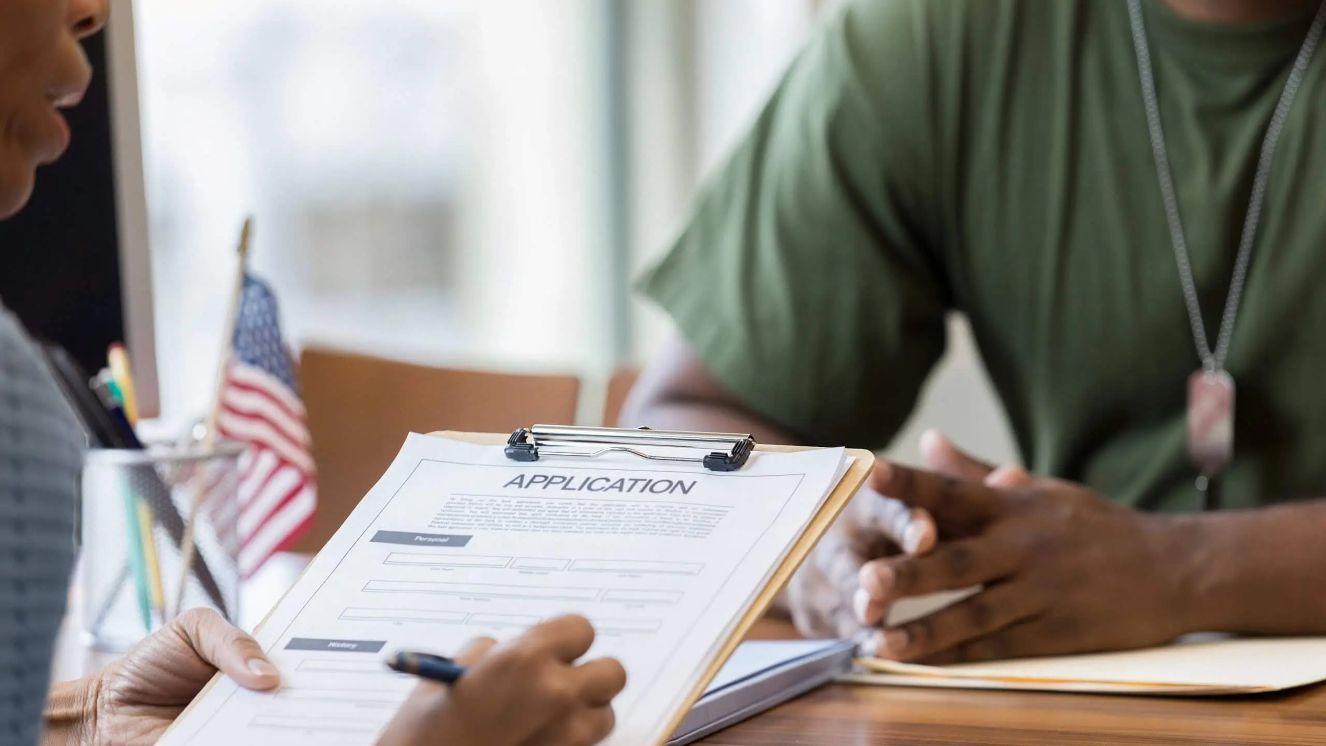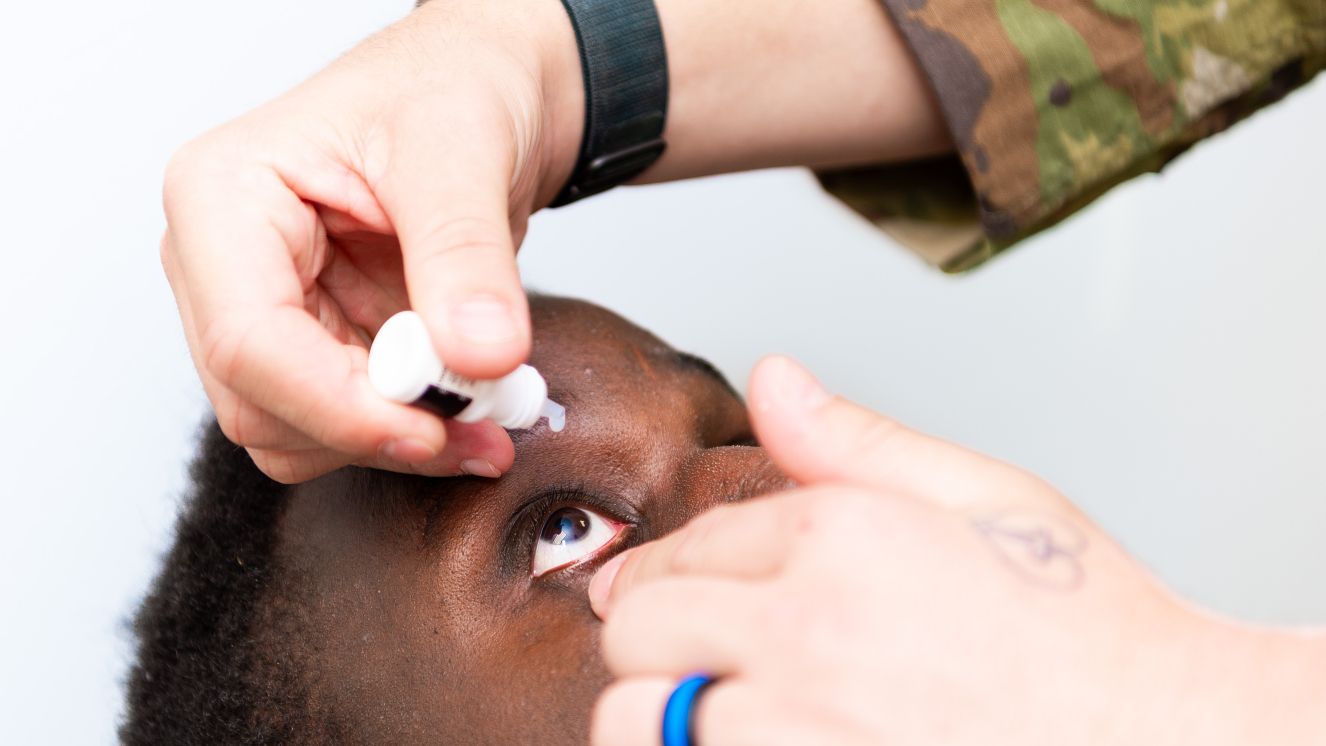OPPENHEIMER: WHO WAS THE FATHER OF THE ATOMIC BOMB?

There have been many books regarding the life of Julius Robert Oppenheimer. There have even been movies and documentaries that include Oppenheimer as a character, from MGM to PBS, all documenting the real history behind the his life story and his time during the Manhattan Project. Enter Christopher Nolan’s new feature biographical thriller, Oppenheimer, based on the biography, American Prometheus by Kai Bird and Martin J. Sherwin. The film will reveal for a modern audience the full scope of the scientist’s life and crucial work. It stars Cillian Murphy as Oppenheimer, Emily Blunt as Katherine Oppenheimer, Matt Damon as Leslie Groves, Florence Pugh as Jean Tatlock, and Robert Downey Jr. as Lewis Strauss.In celebration of Oppenheimer being released on July 21st (yes, the same day as Barbie), let’s take a dive into the real-life history of the man, also known as the “father of the atomic bomb,” who developed the first nuclear weapons, including the atomic bomb used in World War II. See the official trailer here and read more about the real Oppenheimer below. https://www.youtube.com/watch?v=bK6ldnjE3Y0 Related read: J. Robert Oppenheimer’s Greatest Invention Brought Moral Dilemmas
Oppenheimer’s Early Life
Julius Robert Oppenheimer (or J. Robert Oppenheimer for short), was born on April 22nd, 1904 in New York, New York to a wealthy textile importer, Julius Seligmann Oppenheimer, and Ella Oppenheimer, a painter. Oppenheimer became interested in English and French literature during his school days, and eventually chemistry in his final year of school. Though he graduated high school in 1921, he didn’t attend college until 1922, as he suffered a colitis attack. He attended Harvard University, where he majored in chemistry and was admitted into the honor society, Phi Beta Kappa, and graduated in 1925. After Harvard, Oppenheimer was accepted to study at Christ’s College, Cambridge, where he did research at the Cavendish Laboratory under Lord Ernest Rutherford’s leadership. During his time at Cambridge, Oppenheimer neglected his health, became a chain smoker, and was said to be pretty self-destructive at times. It was later noted that Oppenheimer faced intense psychological issues, like depression. After an underwhelming stint at Cambridge he received his doctorate degree at the University of Göttingen in 1927. Following this, Oppenheimer returned to the United States to teach physics at both the University of California at Berkeley and the California Institute of Technology.Suggested read: The D-Day Vet That Went MIA and Joined the French Resistance
Oppenheimer and the Manhattan Project
Oppenheimer wasn’t one to follow politics and other mundane concerns; he wasn’t the kind of person to read the newspapers or magazines. But all of that changed when he heard about Adolf Hitler’s rise to power in Germany. In 1939, when Nazi Germany invaded Poland, Albert Einstein, Leo Szilard, and Eugene Wigner all warned the U.S. government that the Nazis could threaten humanity if they developed a nuclear bomb before other countries could manage to do so. After hearing this, Oppenheimer began to research how to create such a bomb, just like the ones that the Nazis could potentially use to destroy the world. Oppenheimer, in 1940, married Katherine Peuning Harrison, a student at Berkeley, and a year later, they had their first child, Peter. In 1942, the U.S. Army brought together British and U.S. physicists (along with Oppenheimer) to find a way to use nuclear energy for military means, under the command of President Franklin D. Roosevelt. This eventually became known as the Manhattan Project. During this period, Oppenheimer decided to establish his laboratory in Los Alamos, where he would carry out the assignment of creating the atomic bomb. To accomplish such a large feat, Oppenheimer gathered and managed more than 3,000 people, all of whom were said to be the best in physics at the time. Not only was he managing the staff here, but also tackling theoretical and mechanical troubleshooting that came about during such a difficult and innovative campaign. One year after the birth of Oppenheimer’s second child, a daughter named Katherine (nicknamed Toni), the physicists at Los Alamos finally had their first nuclear explosion on July 16th, 1945. The Trinity test near Alamogordo, New Mexico represented the first explosion of a nuclear device in world history.
J. Robert Oppenheimer After the War
Even though Oppenheimer’s atomic bombs worked (Little Boy and Fat Man) as they were dropped onto Japan and helped end World War II, a few months later, Oppenheimer was ransacked with guilt. He very quickly became a household name, and even appeared on magazine covers with a national distribution. After the war, Oppenheimer said to President Truman, “Mr. President, I feel I have blood on my hands." He went back to teaching after the Manhattan Project was over at CalTech, but sadly found very little motivation to continue. He would go on to become the chairman of the General Advisory Committee of the Atomic Energy Commission (AEC) and help formulate nuclear policy as it related to energy and militarization. There were also many voices who loudly decried his involvement with the creation of the atomic bomb and negative press would hound him for the remainder of his life. Of particular note is John Hersey’s heartbreaking 1946 article in The New Yorker titled Hiroshima, which detailed four people’s lives and how they were affected after the dropping of the atomic bomb. Oppenheimer’s reputation would rise again after John F. Kennedy decided to award the physicist with the Enrico Fermi Award in 1963. Oppenheimer passed away at the age of 62 in Princeton, New Jersey on February 18th, 1967, due to throat cancer. His reputation and legacy will likely be debated for years to come. Read next: Travis King is the Latest American Warfighter to Defect into North Korea



